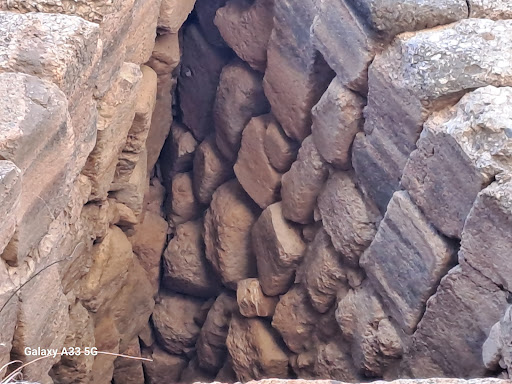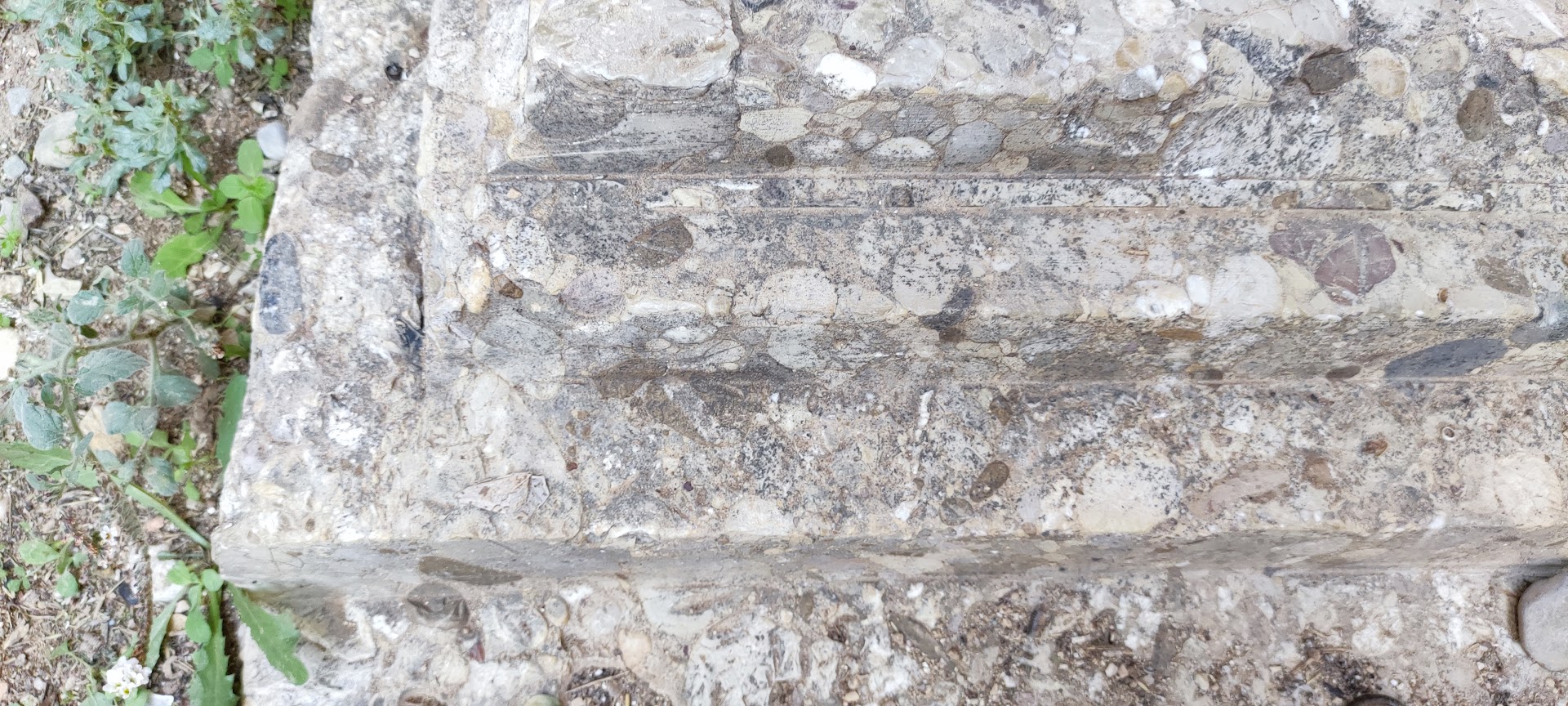"Treasury of Atreus" or "Tomb of Agamemnon" things to do, attractions, restaurants, events info and trip planning
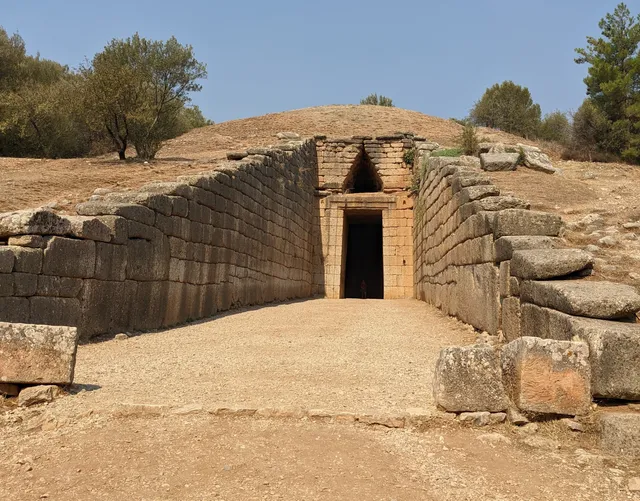
GreecePeloponnese, Western Greece and the IonianMunicipality of Argos and Mykines"Treasury of Atreus" or "Tomb of Agamemnon"
Basic Info
"Treasury of Atreus" or "Tomb of Agamemnon"
EO Mikinon Fichtion, Mykines 212 00, Greece
4.7(2.5K)
Open 24 hours
Save
spot
spot
Ratings & Description
Info
The Treasury of Atreus or Tomb of Agamemnon is a large tholos or beehive tomb constructed between 1300 and 1250 BCE in Mycenae, Greece. It is the largest and most elaborate tholos tomb known to have been constructed in the Aegean Bronze Age, and one of the last to have been built in the Argolid.
Cultural
Accessibility
attractions: Archaeological site of Mycenae, Lion Gate of Mycenae, Archeological Museum of Mycenae, Palace of Mycenae, Grave Circle A, Vaulted Tomb of Aegisthus, Subterranean Cistern of Mycenae, restaurants: Homer Restaurant, King Menelaos Restaurant
 Learn more insights from Wanderboat AI.
Learn more insights from Wanderboat AI.Plan your stay

Pet-friendly Hotels in Municipality of Argos and Mykines
Find a cozy hotel nearby and make it a full experience.

Affordable Hotels in Municipality of Argos and Mykines
Find a cozy hotel nearby and make it a full experience.

The Coolest Hotels You Haven't Heard Of (Yet)
Find a cozy hotel nearby and make it a full experience.

Trending Stays Worth the Hype in Municipality of Argos and Mykines
Find a cozy hotel nearby and make it a full experience.
Reviews
Nearby attractions of "Treasury of Atreus" or "Tomb of Agamemnon"
Archaeological site of Mycenae
Lion Gate of Mycenae
Archeological Museum of Mycenae
Palace of Mycenae
Grave Circle A
Vaulted Tomb of Aegisthus
Subterranean Cistern of Mycenae
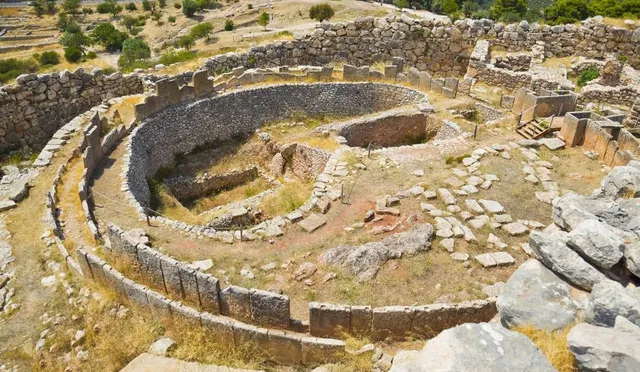
Archaeological site of Mycenae
4.7
(8.1K)
Open 24 hours
Click for details
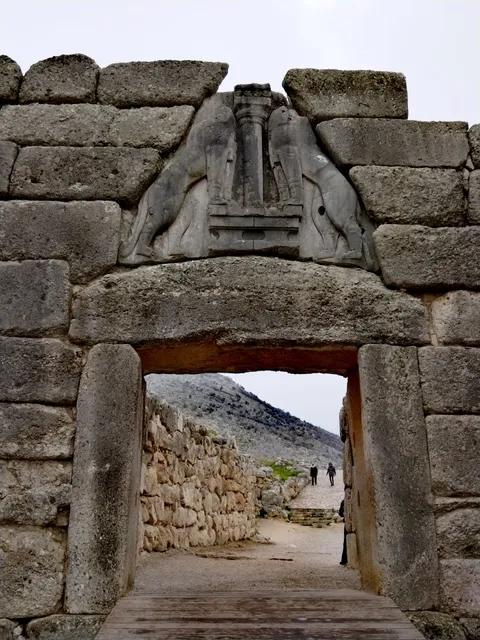
Lion Gate of Mycenae
4.8
(153)
Closed
Click for details
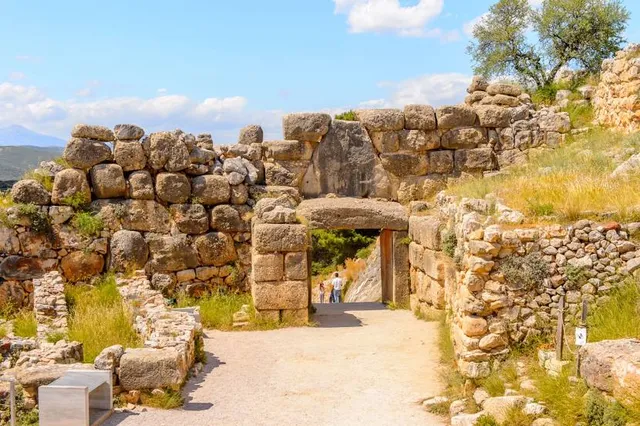
Archeological Museum of Mycenae
4.7
(626)
Open 24 hours
Click for details
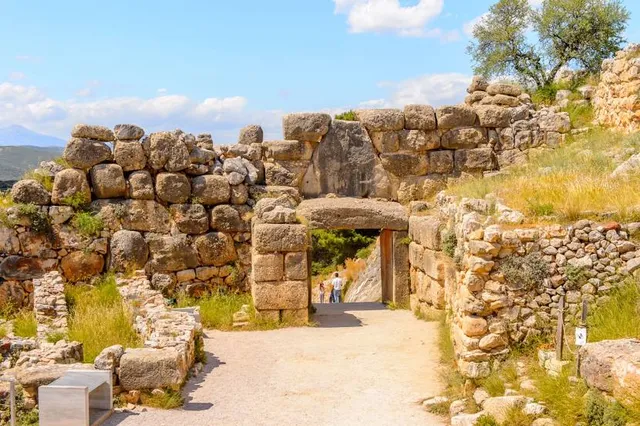
Palace of Mycenae
4.7
(167)
Open 24 hours
Click for details
Things to do nearby
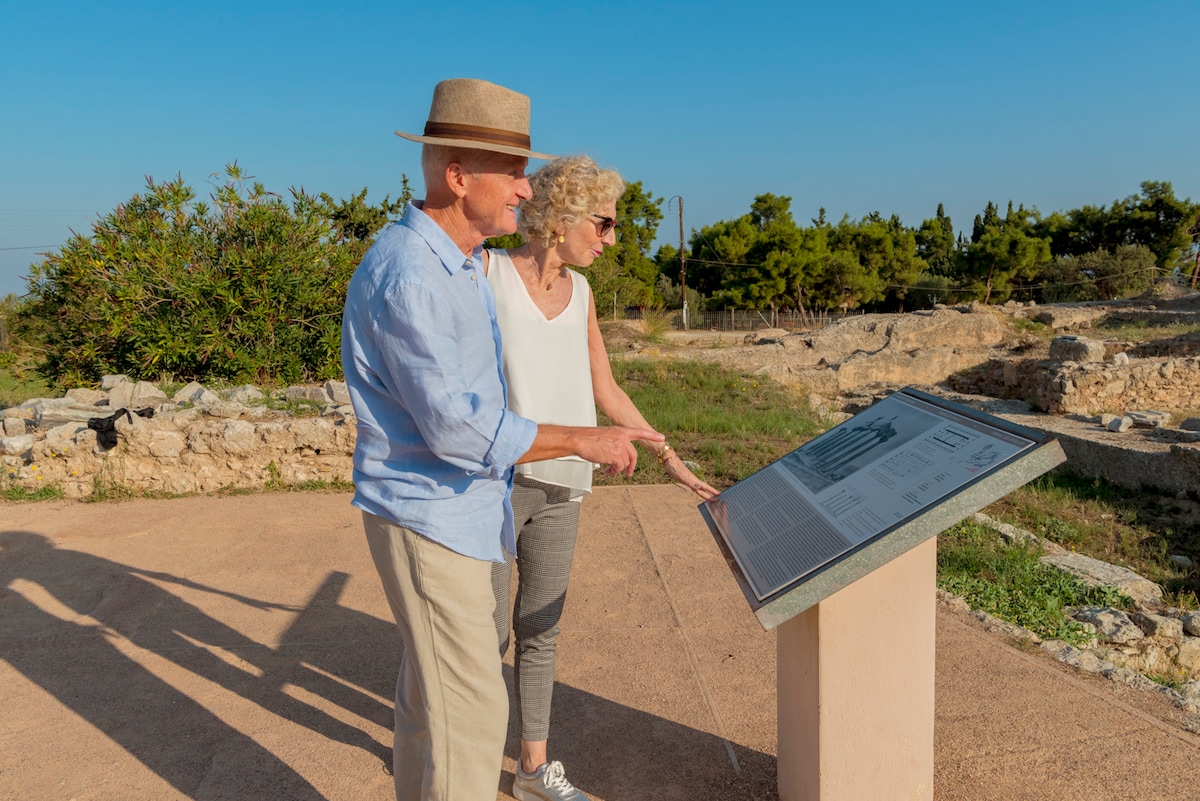
Ancient Corinth Private Tour with Licensed Guide
Sat, Dec 27 • 7:30 AM
200 07, Archaia Korinthos, Greece
View details
Nearby restaurants of "Treasury of Atreus" or "Tomb of Agamemnon"
Homer Restaurant
King Menelaos Restaurant
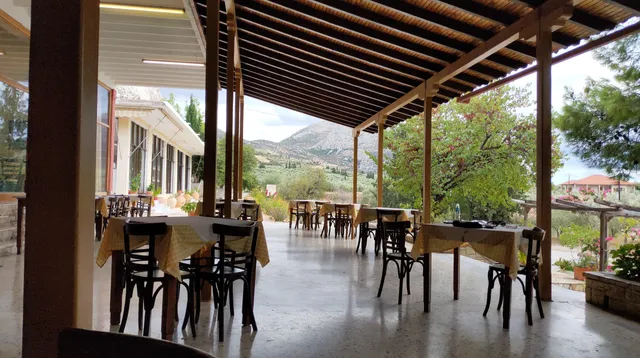
Homer Restaurant
3.4
(205)
Click for details

King Menelaos Restaurant
2.6
(147)
Click for details


